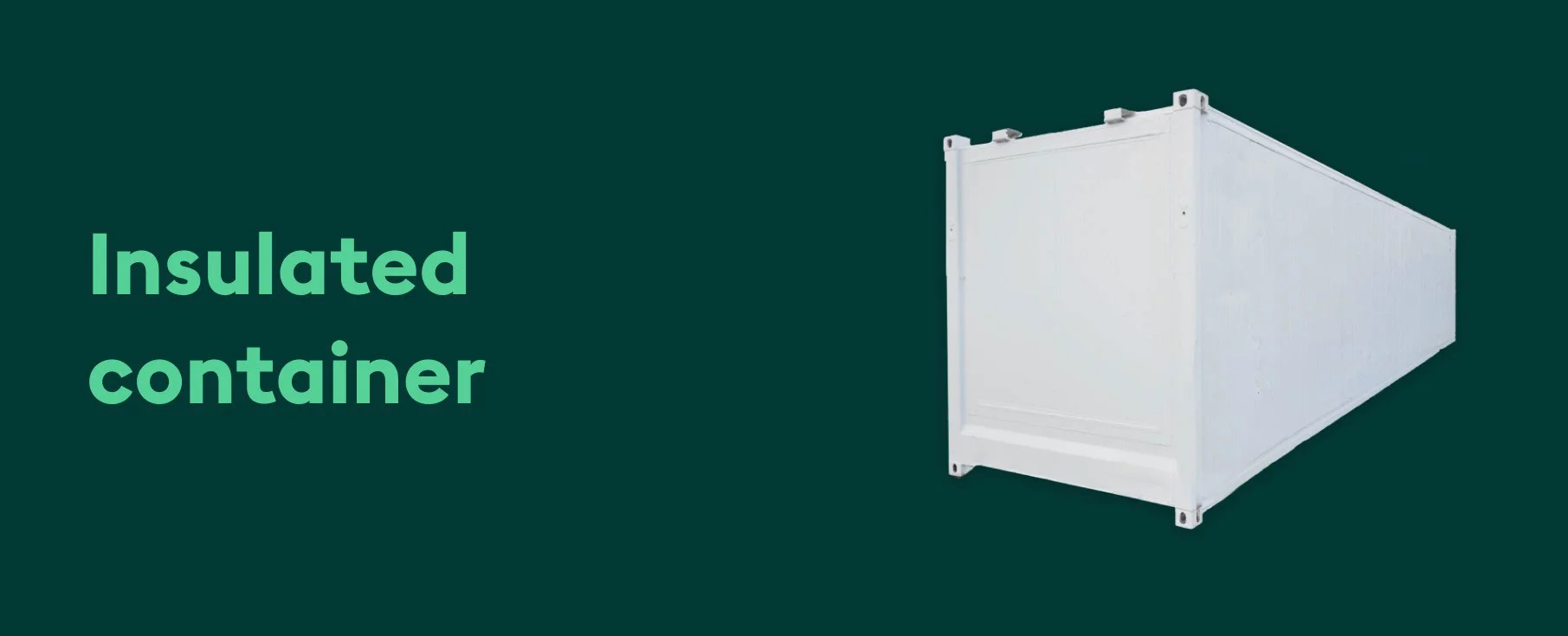



Insulated shipping containers are used to ship temperature sensitive products such as foods, pharmaceuticals, organs, blood, biological materials, vaccines and chemicals. To maintain the quality of these goods, stable, specific conditions are required such as temperature, humidity and external factors. Insulated containers maintain the same temperature outside and inside their food containers.
Insulated containers often have double walls. Their outer and inner walls are vacuumed to prevent transfer of heat. Apart from this, the interior part is completely sealed to prevent condensation and contamination.
A main difference between insulated and reefer containers is that reefers offer precise temperature control throughout the container. They are used to transport perishable and temperature-sensitive goods such as vegetables, fruits and other similar items. An insulated containers simply maintain the initial temperature. They are used to transport temperature-sensitive goods such as food, medicine, or chemicals.

Take a look at the table below if you want to know the exact dimensions of insulated equipment.
| Measurements | 20ft | 40ft |
|---|---|---|
| Internal Length | 5.75m / 18.10ft | 1.561m / 37.11ft |
| Internal Width | 2.26m / 5.7ft | 2.28m / 7.6ft |
| Internal Height | 2.11m / 6.11ft | 2.249m / 7.5ft |
| Tare Weight | 2,650 kgs / 5840 lbs | 4,800 kgs / 10580 lbs |
| Payload Capacity | 21,350 kgs / 47070 lbs | 27,700 kgs / 61070 lbs |
| Cubic Capacity | 27.4 m3 / 970cu ft | 59.18 m3 / 2090cu ft |